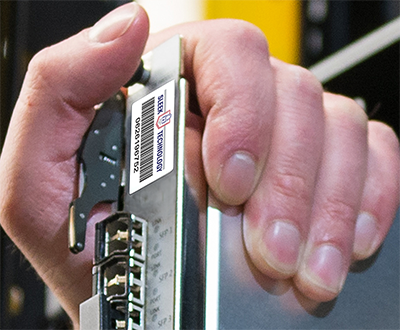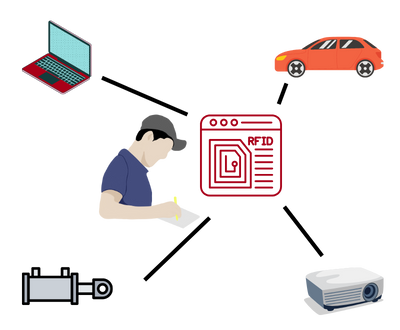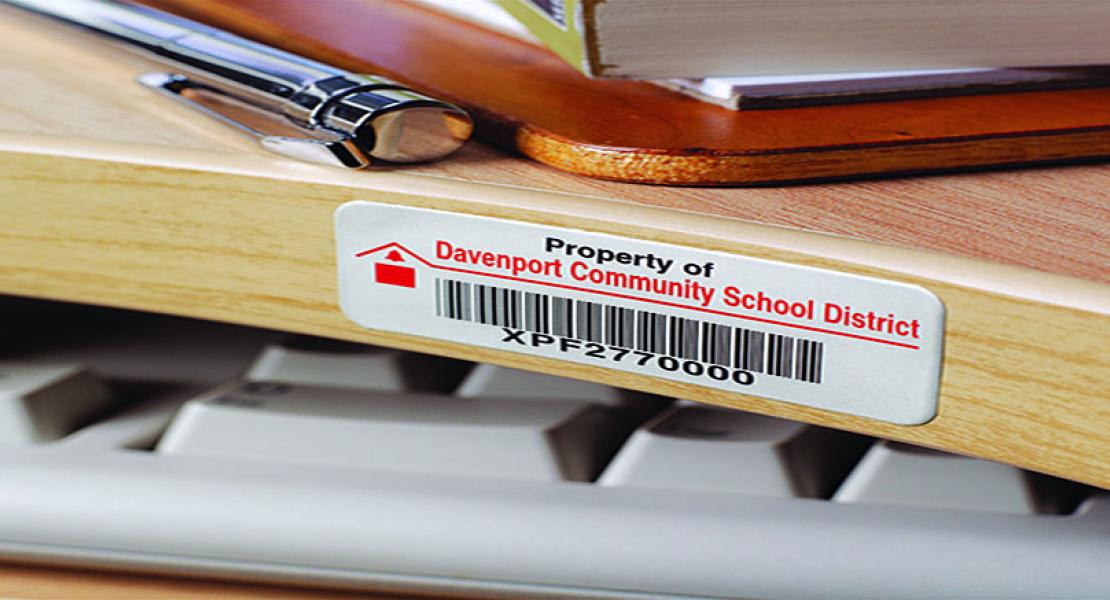So, you’ve been told your company needs to start tagging and tracking your assets. Sounds great, but what does asset tracking actually mean and why should your company do it? Below are some common questions we hear from people who are looking to tag and track their assets.
Why is asset tagging and asset tracking important?
Asset tracking is how companies and organizations track key information about their assets. Identifying and tracking assets is crucial to the success of a business. It allows companies to operate businesses efficiently and ensure that they’re effectively managing costs by knowing what assets they own, where they are at any one time and how much they cost to own.

What are some asset tagging examples?
The most common type of asset we see our customers wanting to tag is IT equipment like laptops, monitors, projectors, servers, etc. Not only are these items valuable, but they tend to be mobile making them especially important to track where the asset is and who has it. One of the most interesting things about asset tagging is the different types of assets companies need to track. Some of the more unusual assets we’ve heard of our customers tracking include cars, whiskey barrels, cotton bales, hydraulic cylinders, artwork and much, much more.

Is equipment a fixed asset?
The short answer to this question is yes. If the equipment is something the company owns and it cannot be easily converted to cash it is a fixed asset. Fixed assets include property, plant, and equipment (PP&E) and are recorded on the balance sheet with that classification.
What type of asset is office equipment?
As previously stated, a fixed asset is something the company owns which cannot be easily converted to cash. Using that definition, office equipment such as computers, printers, monitors, copiers, etc. would be classified as a fixed asset.

Can you test and tag your own equipment?
Yes, you most certainly can test and tag your own equipment. In fact, we strongly encourage customers to link any information, including testing/calibration/maintenance information, about the equipment to the asset number on the tag. Including this information as part of an overall asset tracking system helps businesses maximize the utilization of that asset, thereby increasing its ROA.
Do you have to test and tag new equipment?
No, you don’t have to, but as explained above, linking the number on the asset tag to information about the asset in the database, including testing/calibration/maintenance information, helps businesses not only maximize the utilization of that asset, but helps increase productivity and may help managers build a case for when new equipment is needed.
Can an asset tag be tracked?
Yes, by placing a number on an asset tag, not only are you able to track the asset tag, but you are also able to track the asset the asset tag is placed on. There are different methods for tracking asset tags including human readable serial numbers, barcode, and RFID (radio frequency identification) technology. The tracking method selected should support the objective of the asset tracking system. For example, RFID is not the ideal choice if you do not have the budget for it.
For more information or to talk to an ID Specialist please contact us at 800-437-5283 or [email protected].
 | About the Author: Tyler JohnsonTyler has extensive experience and expertise in the identification industry. Prior to Grey Trunk RFID, he worked at Metalcraft which helped him understand the importance of a high quality identification tag. Now he is leading the team at Grey Trunk RFID to offer the complete solution. |




